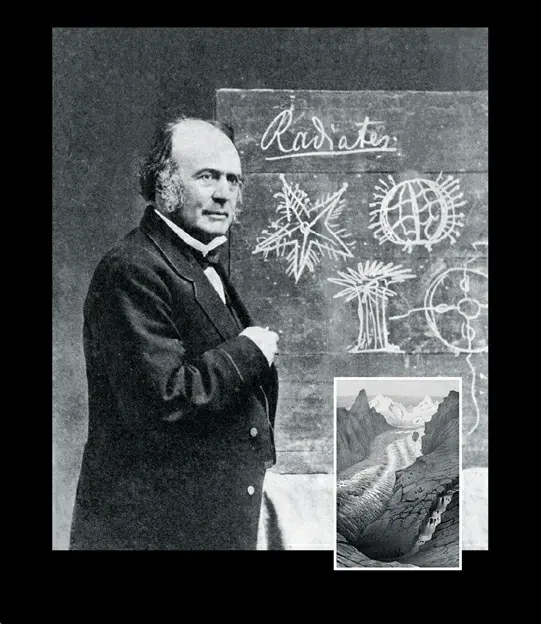In the realm of geology, piecing together Earth’s history can be likened to forensic detective work, where rocks and fossils serve as silent witnesses to past events. A significant breakthrough in this scientific investigation was the discovery and understanding of ice ages, primarily attributed to Swiss-American geologist Louis Agassiz in the early nineteenth century.
Agassiz, along with his colleagues, observed geological formations such as striations and moraines far from existing glaciers, leading to the groundbreaking hypothesis that vast ice sheets once covered much of the northern hemisphere. This idea, initially met with skepticism, gradually gained acceptance as it explained the presence of glacial features in now ice-free regions.
The concept of an ice age, introduced by Agassiz, suggested periods of extensive glaciation, followed by warmer interglacials. Subsequent research in geology, chemistry, and paleontology revealed that Earth has experienced at least five major ice ages in the last 2.5 billion years, each consisting of numerous glacials and interglacials. The most recent ice age is believed to have begun around 12,000 years ago.

